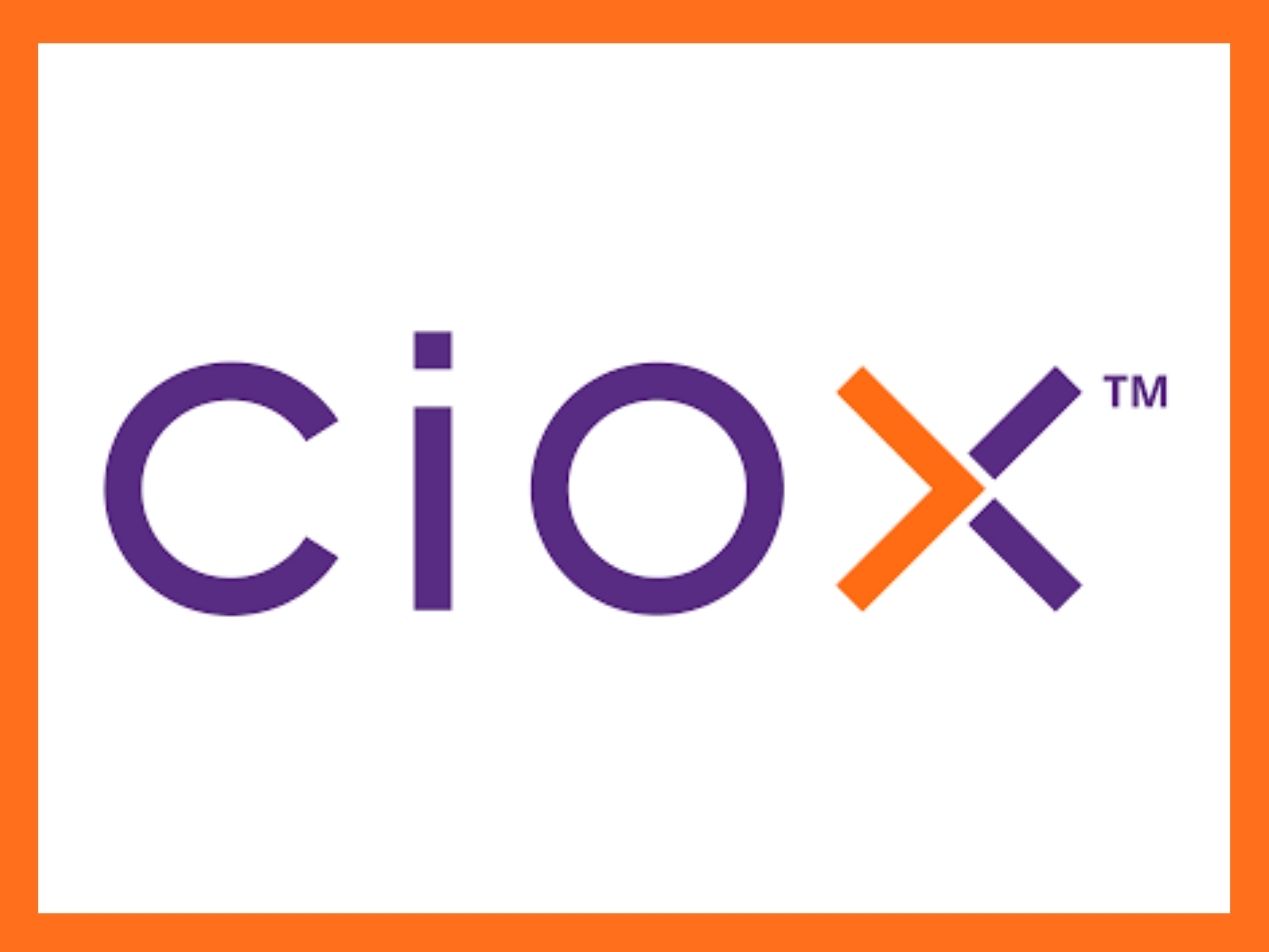Computer vision is a form of artificial intelligence that enables computers to obtain information from visual data, such as images and videos, and act on that information. Computer vision uses algorithms and input from cameras to analyze data and determine what the computer is "seeing." Although computer vision has not yet been perfected, researchers have made use of multiple technological advances to improve computer vision and use it in many ways. Deep learning technology, enhanced computing power, and large datasets for computers to analyze and interpret have contributed to new advancements in computer vision. Algorithms teach computers to look for objects' corners, edges, and curves, to detect patterns, and to recognize objects. Computers can compare the objects they "see" to millions of images in huge databases in order to recognize and classify these objects. Computer vision uses convolutional neural networks to analyze images and recurrent neural networks to analyze videos.
SEE ALSO: HIPAA compliant email
Computer vision uses
Computer vision is already utilized in a wide variety of industries and applications, and researchers are working to expand its use. Future uses, such as in self-driving cars and agricultural weed identification, are in the development pipeline, too.
Current uses of computer vision include:
- Foreign language sign translation
- Quality control
- Facial recognition
- Sports tracking
- Agricultural harvesting
- Manufacturing maintenance analysis
How can computer vision be used in healthcare?
As in other industries, computer vision is already used in healthcare, and new uses are rapidly being developed. Researchers are also studying the accuracy of computer vision applications in healthcare to further improve computer vision algorithms and technology. Computer vision can help reduce healthcare costs by improving safety, increasing diagnostic accuracy and speed, and reducing errors.
Today, computer vision is used in the following healthcare procedures:
- Analyzing scans and x-rays
- Assisting with surgery by monitoring supplies and inventorying surgical tools
- Reporting patient falls
- Identifying patients
- Monitoring clinicians' actions to ensure safety procedure compliance
- Detecting GI infections and parasites
- Evaluating pathology and dermatology images
- Diagnosing eye conditions
Computer vision challenges
While computer vision clearly benefits patients and healthcare providers, there are still some challenges to be overcome. Computer vision can be improved by using even more large datasets that include information from diverse patient populations to prevent bias. Image variability still exists because of the use of different types of cameras and, in some cases, stains. This issue needs to be addressed in more detail. Patient privacy is another important concern. There are ways to use computer vision and maintain HIPAA compliance, such as using computer processors that are not linked to the cloud.
However, the rapidly expanding use of computer vision in healthcare settings presents challenges to covered entities, who are required to safeguard patients' protected health information (PHI). Clinicians understandably want to maintain their autonomy as healthcare providers. Using computer vision to augment doctors’ training, experience, and skills can improve the delivery of healthcare while reducing costs, but it could take time to establish trust in these new technologies. Human oversight of diagnoses will still be needed. In reality, healthcare providers already use computer vision and other AI technologies on a daily basis.
For example, Paubox Email Suite , which enables covered entities to send HIPAA compliant email, can also transcribe incoming voicemail attachments. Email artificial intelligence (email AI) uses Natural Language Processing (NLP) to transcribe the voicemail sound file into text, thus allowing healthcare providers to read the transcriptions instead of listening to the original audio, which keeps PHI from being overheard. Voicemail transcription is only the first of many email AI features that we are creating here at Paubox.
Subscribe to Paubox Weekly
Every Friday we'll bring you the most important news from Paubox. Our aim is to make you smarter, faster.




